AO Edited
Brooklands Racetrack Remains
The world's first purpose-built motor racetrack was destroyed by the outbreak of two world wars.
Between the towns of Weybridge and Byfleet in Surrey, England, you can still see the remains of the once-iconic Brooklands motor racing circuit. It opened in 1907 as the UK’s first purpose-built motor racing circuit, the Milwaukee Mile in, West Allison was first purpose-built motor racing circuit in the World with it’s debut in 1903. Its 30-foot-high, banked-corner concrete design was unique at the time, predating the famous Indianapolis Speedway. But its days as a racetrack were to be short-lived.
Brooklands closed to racing during World War I and was requisitioned by the War Office. The center of the track was repurposed as Britain’s first aerodrome, opened in 1909, and a flying training center now under military control. Brooklands soon became a major location for the construction, testing, and supply of military airplanes.
Motor racing resumed in 1920, after many required track repairs, and in August 1926, the Royal Automobile Club (RAC) organized the first-ever British Grand Prix. Sand chicanes were constructed along the Finishing Straight. However, war was to stop racing again, this time for good.
The racing club held its final meeting at Brooklands less than a month before the outbreak of World War II in 1939. The aerodrome was again requisitioned by the government and devoted to the production of Vickers and Hawker aircraft, including Hurricane fighters and Wellington bombers.
At the war’s end, any hopes of the track’s eventual recovery were dashed. Hangars had been erected on the track, bombs had exploded on various parts of it, and a new access road to the Hawker aircraft factory had been cut through it. What’s more the government would not commit to releasing Brooklands until 1949, after which the track was sold to an aviation engineering company. Motor racing at Brooklands was reduced to a memory.
In the early post-war years, aircraft production at Brooklands boomed. In 1964, the largest aircraft hangar in Europe at the time was built on site. It became known locally as “the Cathedral.” This boom was not to survive post-war reductions in military aircraft production and competition in the civil aviation sector. The aircraft production finally closed on Christmas Day in 1989.
The site has been taken over for a variety of uses since then, including manufacturing and retail enterprises. The most significant of the current occupants is the fantastic Brooklands Museum, which is dedicated to both the motorsport and aviation history of the place and well worth a visit. However, it is the remains of the track itself that are most striking.
The parts of the war-torn track that still remain illustrate the advanced nature of the track design—a must-see for any motor racing fan. With some imagination you can picture the events of its heyday in the first half of the 20th century. Some parts of the track are incorporated into the museum, but in others, you can drive parallel to the track, or in one case through it, along public roads. The most significant part is the curve known as the “members banking,” where you can still see remains of small buildings that used to support the grandstand.
In addition to the banked circuit, Brooklands also had a hill climb track, originally used by car manufacturers to test the power of their latest models, and for hill climbing time trials. The historic hill climb track has survived and is still used for the competition from time to time. The beautiful members club house is also still standing and has been incorporated into the Brooklands Museum.

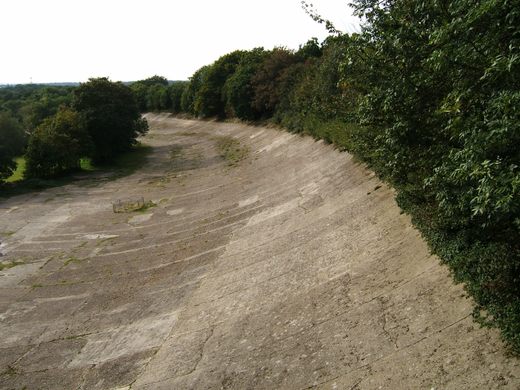












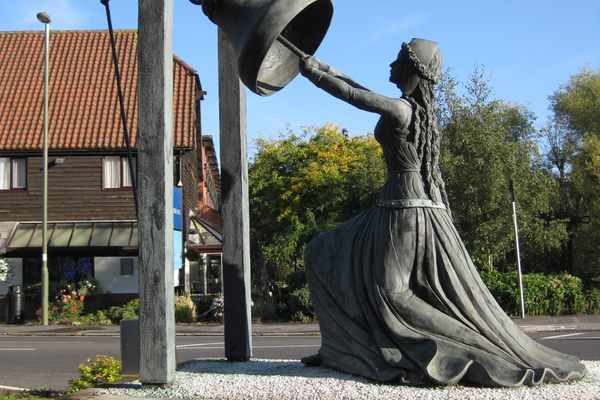


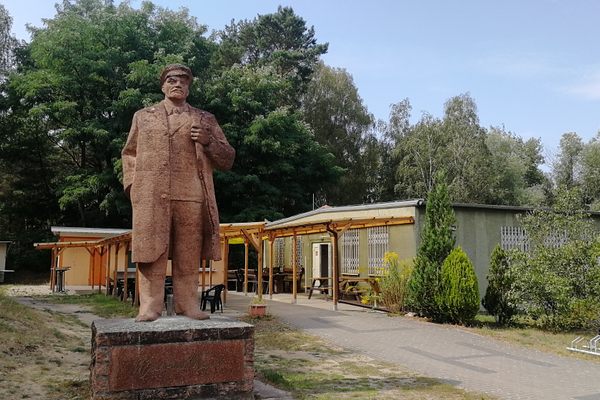

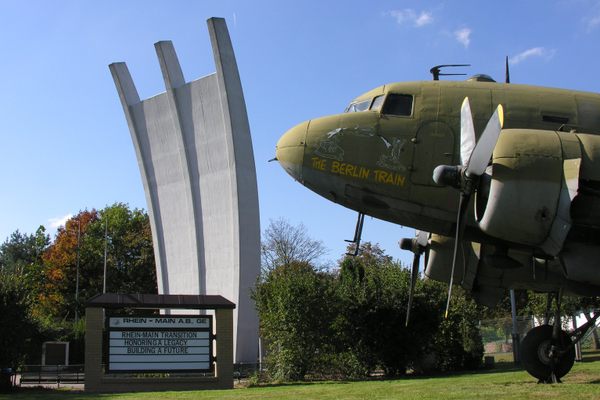
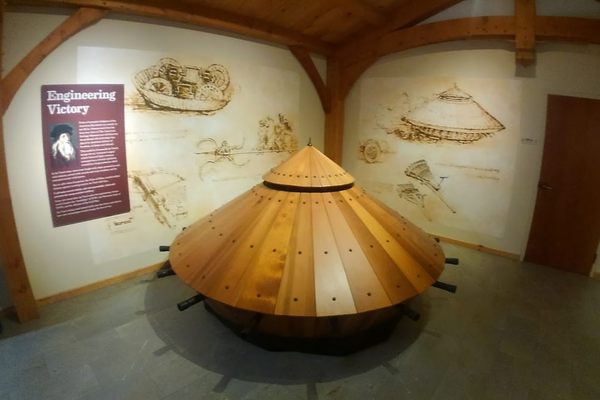

Follow us on Twitter to get the latest on the world's hidden wonders.
Like us on Facebook to get the latest on the world's hidden wonders.
Follow us on Twitter Like us on Facebook